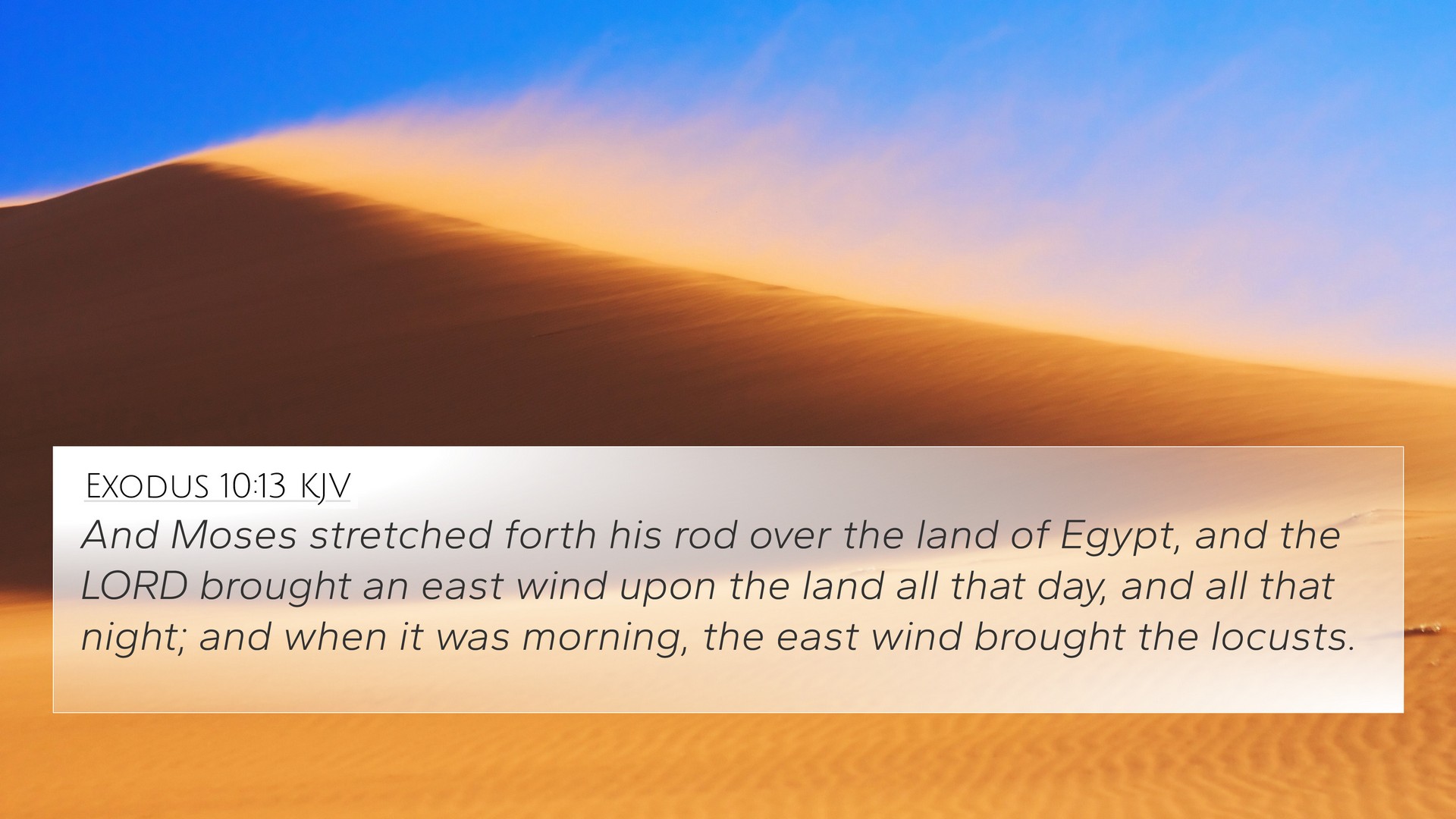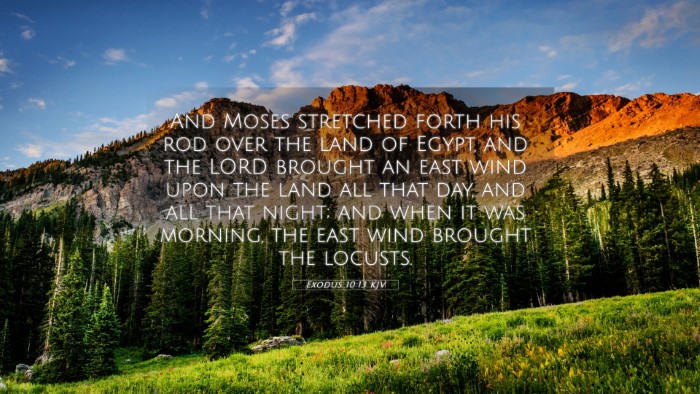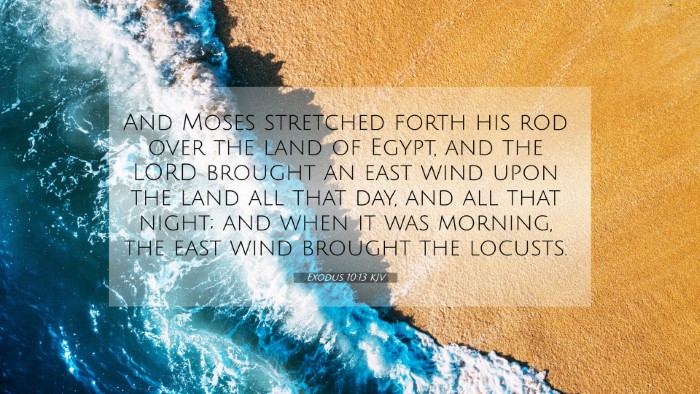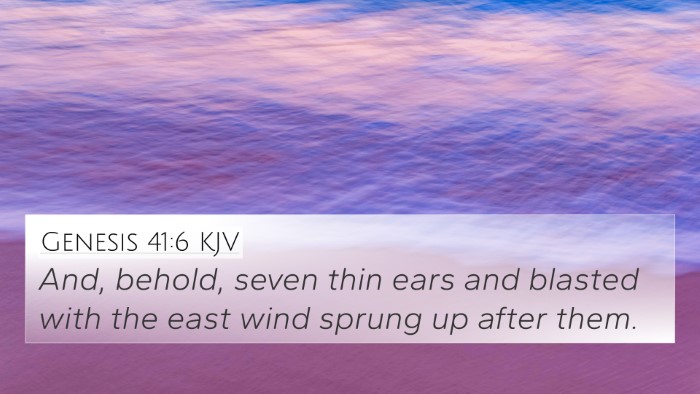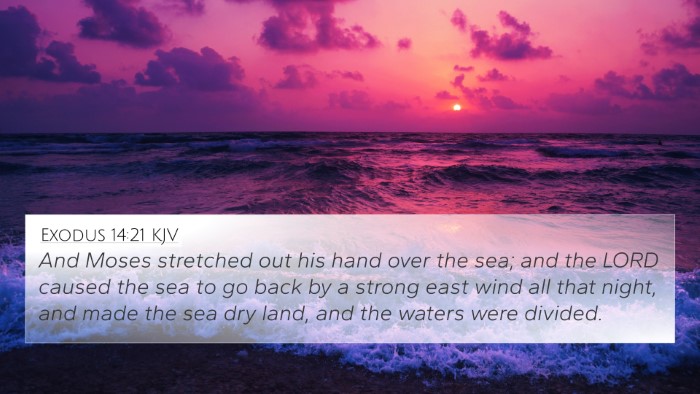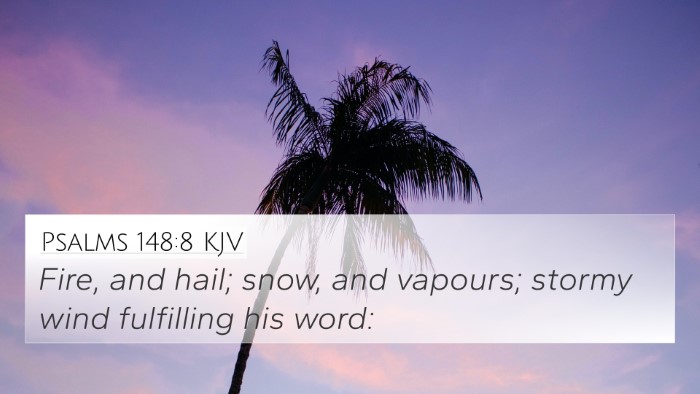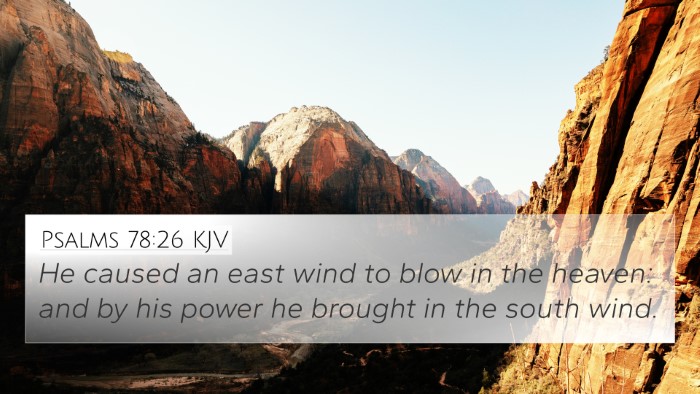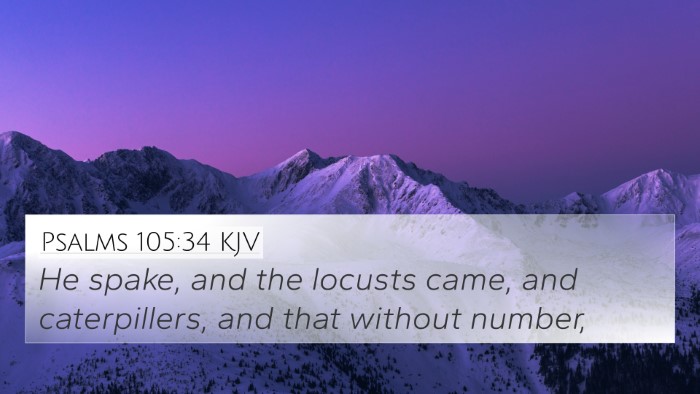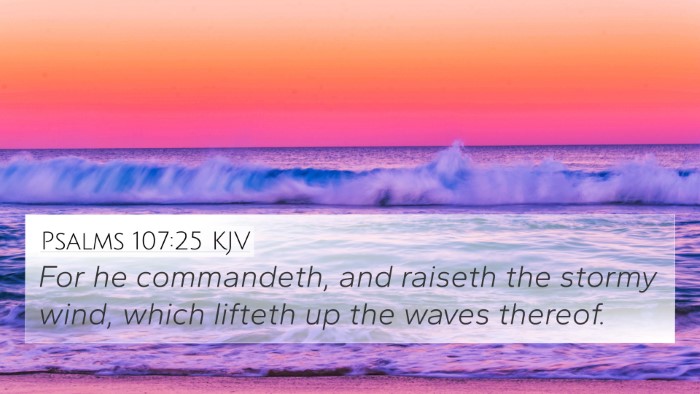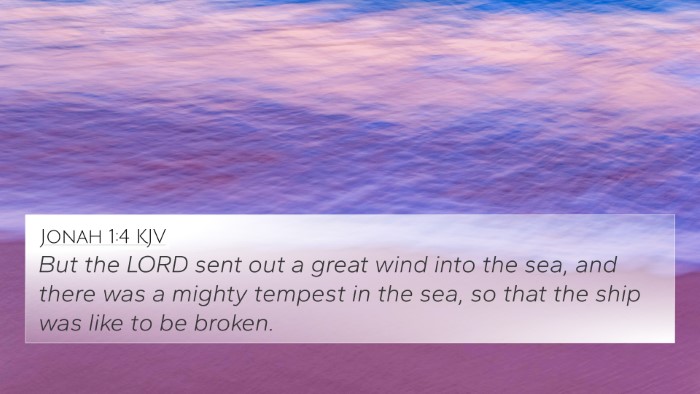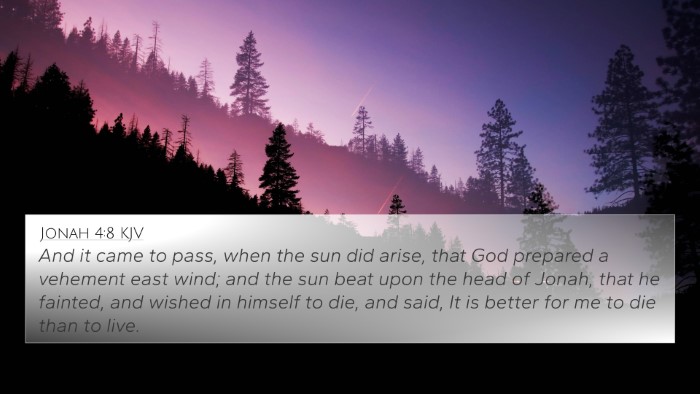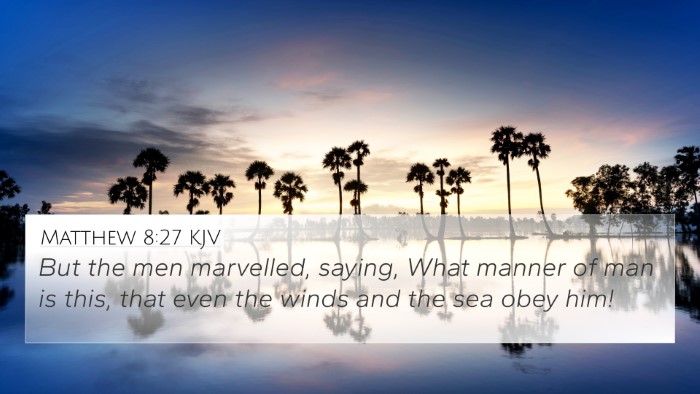Understanding Exodus 10:13
Exodus 10:13 states: "And Moses stretched forth his rod over the land of Egypt, and the Lord brought an east wind upon the land all that day, and all that night; and when it was morning, the east wind brought the locusts." This verse captures the moment when Moses, commanded by God, used his staff to invoke a locust plague upon Egypt as a sign of God's judgment.
Commentary Insights
The analysis of this verse can be drawn from various public domain commentaries like Matthew Henry, Albert Barnes, and Adam Clarke, each highlighting different aspects. Below is a summarized understanding:
-
Matthew Henry emphasizes the power of Moses' actions, stating that the stretching forth of the rod symbolizes the command and authority God bestowed upon Moses. The use of the wind is significant; it is a natural element used for divine purpose, illustrating God's sovereignty over creation.
-
Albert Barnes notes the timing and specificity of the east wind, suggesting that this was a strategic decision by God to deliver the locusts with maximum impact. The mention of day and night highlights God’s meticulous orchestration of events.
-
Adam Clarke provides insight into the locusts, explaining how they functioned not just as a plague but also as a metaphor for judgment and destruction that aligns with God’s intentions toward a rebellious nation. Clarke also connects the east wind to other scriptural instances, displaying the thematic ties within the Bible.
Cross-References and Thematic Connections
This verse is intricately linked with multiple other scriptures that illustrate similar themes of God's power over nature and His judgment:
- Exodus 7:18 - God turns the waters of Egypt into blood, demonstrating power over nature.
- Exodus 8:6 - The plague of frogs, highlighting the incremental nature of God’s judgments.
- Exodus 9:3 - The plague on livestock, emphasizing God's control over Egypt's prosperity.
- Joel 1:4 - The locust plague is referenced as a sign of catastrophe, linking back to Exodus.
- Matthew 24:7 - Connection of natural disasters as warnings similar to those witnessed in Egypt.
- Revelation 9:3 - Locust imagery used again, indicating judgment in end times.
- Psalms 78:46 - Reflects on God's use of locusts as punishment, echoing the Exodus narrative.
Exploration of Thematic Links
The exploration of thematic Bible verse connections allows us to appreciate the broader narrative of God's interaction with humanity. It reveals how God often employs natural elements as instruments of judgment and mercy.
Identifying Connections Between Old and New Testament
Moses' use of the rod and the subsequent locust plague align with the New Testament's portrayal of divine authority manifested through Christ. Just as Moses exemplified God’s power, Jesus demonstrated authority over nature, such as calming the storm in Mark 4:39.
Tools for Bible Cross-Referencing
When studying verses like Exodus 10:13, utilizing a Bible concordance or a cross-reference Bible study guide can enhance understanding. These tools help highlight interconnections and broader themes.
Conclusion
This exposition of Exodus 10:13 sheds light on the divine orchestration of events in Egypt, showcasing God’s power, authority, and intentions through natural phenomena. The connections to other biblical verses enrich our reading and understanding, giving us a framework for comparative Bible verse analysis and aiding in sermon preparation.
Call to Further Study
To deepen one’s understanding of overlapping themes and messages in Scripture, consider exploring the highlighted cross-references and engage in Bible cross-referencing methods for a more thorough examination of the text.
